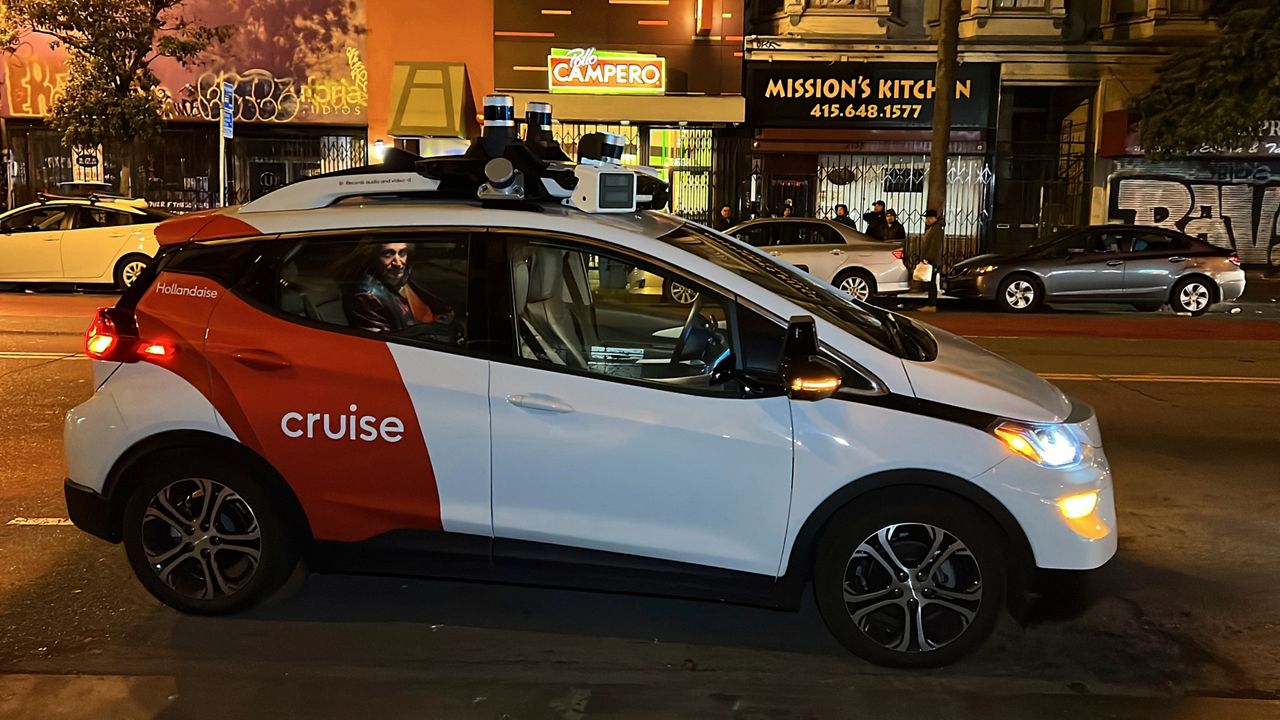General Motors’ autonomous vehicle subsidiary, Cruise, is recalling all 950 of its driverless cars for a software update.
The decision comes five weeks after a crash in San Francisco, where a Cruise vehicle struck and dragged a pedestrian who had already been struck by a hit-and-run driver, pinning her under one of the car’s tires and causing critical injuries.
The software update will prevent a Cruise vehicle from continuing to move if it’s been involved in an accident, according to documents Cruise provided the National Highway Traffic Safety Administration. The company said it has already updated the software in its self-driving cars that use human safety drivers and will update the software in its driverless fleet before resuming operations.
Cruise’s decision to recall its self-driving fleet comes two weeks after the California Department of Motor Vehicles suspended two permits for the self-driving car company, citing the Oct. 2 crash. The DMV said Cruise vehicles presented “unreasonable risk to public safety” and were not safe for public operation. It said the manufacturer misrepresented information related to the vehicles’ safety technology.
Until October 24, Cruise had held three state-issued self-driving vehicle permits in California. While the DMV revoked the company’s permits to deploy and test driverless cars on public roads in the state, it has allowed them to continue testing driverless cars with human safety drivers behind the wheel.
The crash that prompted the California DMV permit revocation and driverless fleet recall has also prompted the company to add a chief safety officer. The company said it will also hire a legal team to review its response to the crash as well as an outside engineering firm to determine the technical problem that caused the incident.
The Cruise vehicle in the Oct. 2 accident did what it had been designed to do after a crash: It pulled over to get out of traffic, even though it was dragging a pedestrian as it did so.
The company said its system had “inaccurately characterized the collision as a lateral collision and commanded the AV to attempt to pull over out of traffic, pulling the individual forward rather than remaining stationary.”
NHTSA began investigating Cruise last month following four complaints of its self-driving vehicles failing to exercise due caution around pedestrians. The agency said the vehicles encroached on pedestrians who were already present or were entering the roadway via crosswalks.
“We strive to continually improve and to make these events even rarer,” Cruise said in a statement. “As our software continues to improve, it is likely we will file additional recalls to inform both NHTSA and the public of updates to enhance our safety across our fleet.”






